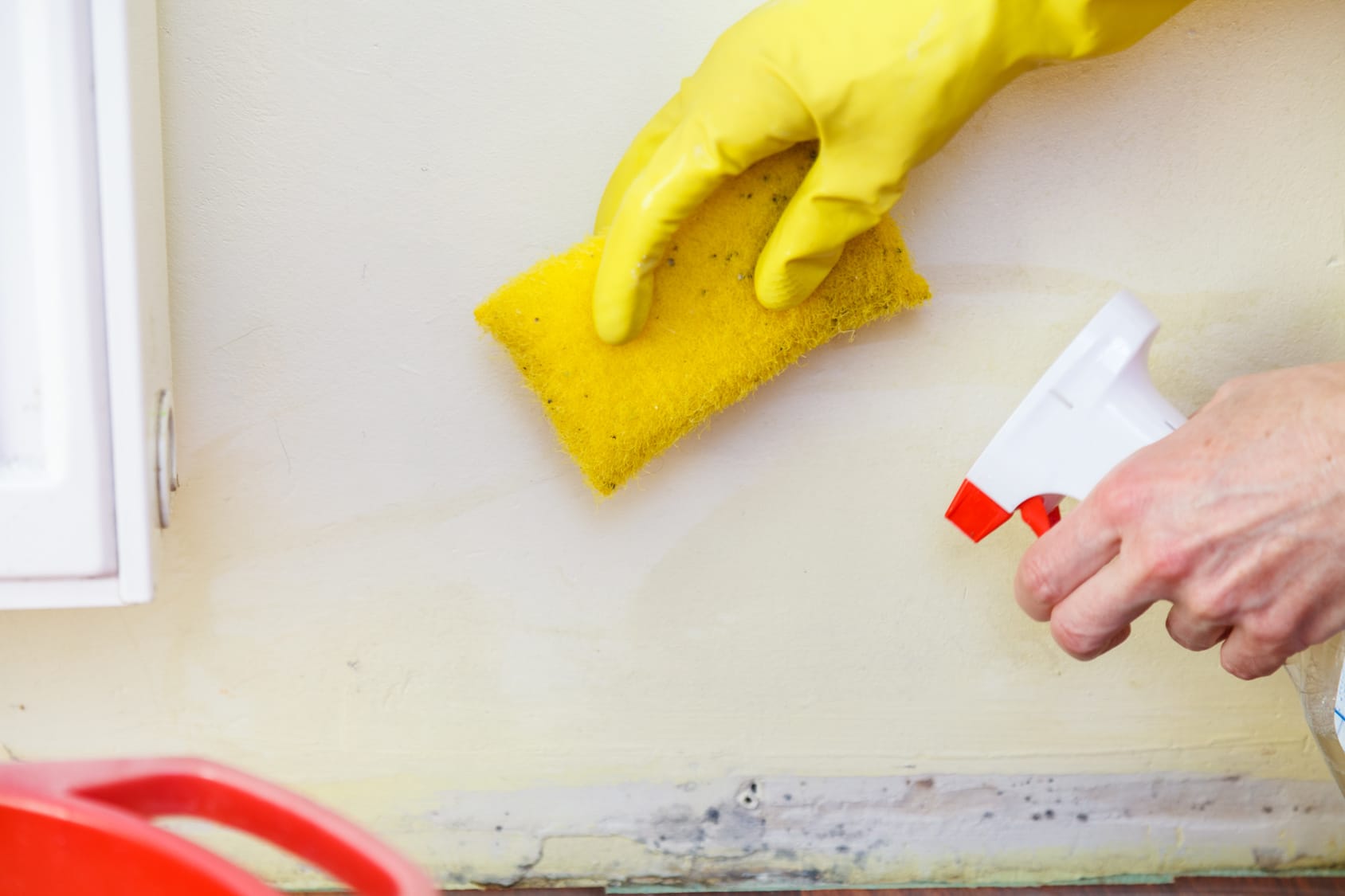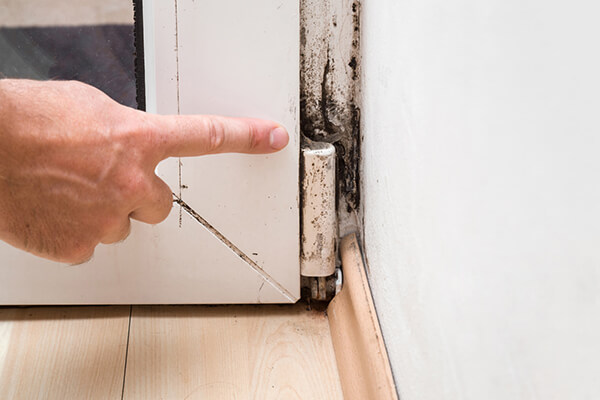Crucial Actions After Mold Remediation
Crucial Actions After Mold Remediation
Blog Article
Your Ultimate Guide to Blog Post Mold And Mildew Remediation Techniques
Navigating the world of post-mold removal methods is a careful procedure that demands attention to information and an extensive understanding of the ins and outs included. In the aftermath of mold and mildew invasion, knowing how to effectively get rid of the mold and prevent its reoccurrence is critical for preserving a healthy indoor setting. From choosing the ideal cleansing and decontaminating techniques to carrying out techniques for lasting mold avoidance, each action in the remediation trip plays an important role in making certain a successful outcome. As we start this exploration of post-mold removal techniques, we will reveal the crucial strategies and finest techniques that can assist you restore your room to its pre-mold condition and secure it versus future mold hazards.
Comprehending Post-Mold Removal Refine
After completing the mold and mildew remediation process, it is essential to recognize the post-mold remediation strategies that are needed to make sure a efficient and comprehensive cleaning. When the mold has been gotten rid of, the following step involves cleansing and disinfecting the impacted areas to protect against any type of regrowth of mold and mildew.
In addition, conducting a final evaluation post-remediation is crucial to make sure that all mold and mildew has been effectively gotten rid of. If the examination discloses any kind of remaining mold and mildew, added removal may be required.
Effective Cleaning and Sanitizing Methods

Protecting Against Future Mold Development

Value of Proper Air Flow
Correct air flow plays an important role in protecting against wetness buildup, a key consider mold and mildew growth within interior environments. Reliable ventilation systems help get rid of excess humidity from the air, reducing the possibilities of mold and mildew spores finding the dampness they need to germinate and spread. Without appropriate ventilation, interior spaces can end up being a reproduction ground for mold, resulting in potential health and wellness threats and structural damages.
By ensuring correct air flow, air flow systems can also assist in drying damp locations quicker after water damage or flooding cases, additionally discouraging mold and mildew growth. After mold remediation. In rooms like bathrooms, kitchens, cellars, and attic rooms where dampness degrees tend to be greater, mounting and keeping effective ventilation systems is important in protecting against mold and mildew infestations

Monitoring and Upkeep Tips
Provided the vital duty that proper ventilation plays in avoiding mold and mildew development, it is critical to develop efficient monitoring and upkeep suggestions to make certain the ongoing performance of ventilation systems. Normal evaluations of air flow systems ought to be performed to look for any kind of indications of clogs, leaks, or breakdowns that might restrain correct air flow. Surveillance humidity degrees within the home is also critical, as high moisture can add to mold development. Installing a hygrometer can assist track moisture degrees and alert house owners to any spikes that may call for attention. Furthermore, guaranteeing that air filters are regularly cleaned up or changed is essential for preserving the performance of the ventilation system. Carrying out a schedule for routine maintenance jobs, such as air duct cleansing and HVAC system evaluations, can assist protect against issues before they intensify. By staying positive and conscientious to the condition of air flow systems, building owners can successfully minimize the threat of mold regrowth and maintain a healthy indoor setting.
Final Thought
Finally, post-mold remediation techniques are vital for guaranteeing a risk-free and clean environment. Understanding the procedure, carrying out efficient cleaning After mold remediation and decontaminating techniques, avoiding future mold development, preserving proper air flow, and regular surveillance are all critical action in the remediation procedure. By complying with these standards, you can effectively eliminate mold and mildew and avoid its return, promoting a healthy and balanced living or working space for all residents.
In the aftermath of mold and mildew infestation, recognizing how to effectively eradicate the mold and prevent its reoccurrence is extremely important for preserving a healthy interior environment. When the mold and mildew has been gotten rid of, the next step entails cleaning and decontaminating the affected locations to protect against any type of regrowth of mold and mildew - After mold remediation. After eliminating noticeable mold and mildew development, it is critical to clean up all surface areas in the damaged location to eliminate any type of continuing to be mold spores. To additionally boost mold prevention steps, it is crucial to attend to underlying concerns that initially led to mold growth.Offered the critical role that appropriate ventilation plays in protecting against mold and mildew development, it is vital to develop effective tracking and maintenance suggestions to make sure the ongoing performance of air flow systems
Report this page